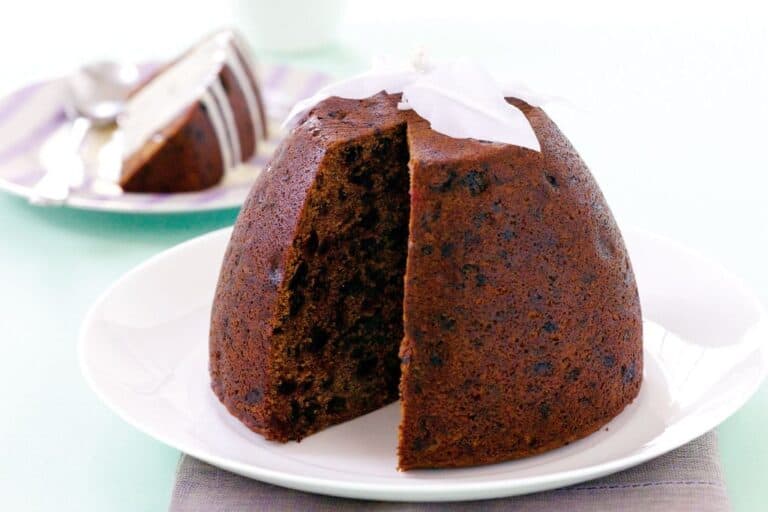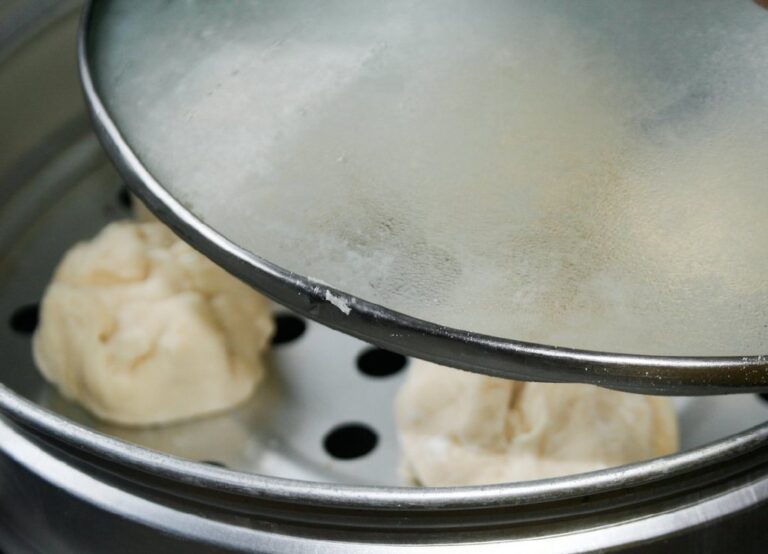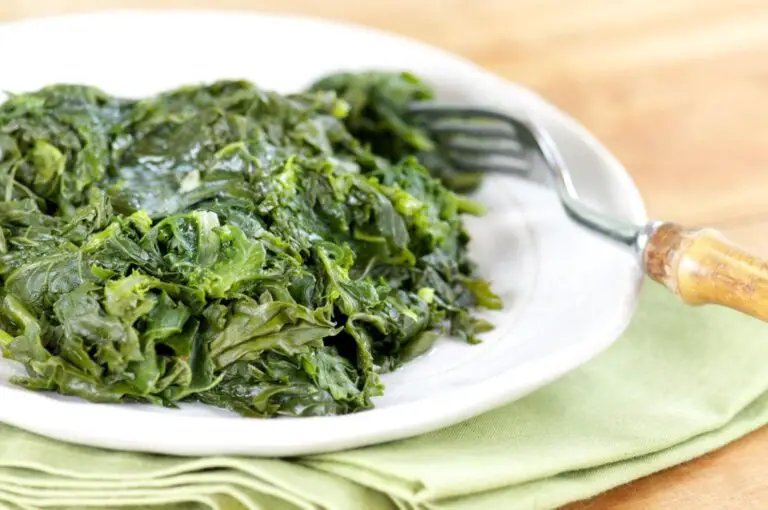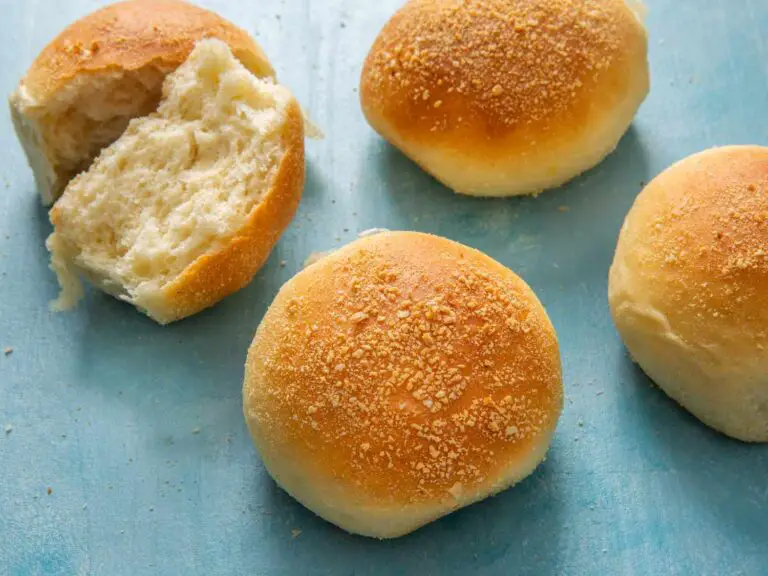How to Reduce Acidity in Your Salad Dressings: Say Goodbye to Sourness

When it comes to creating the perfect salad dressing, finding the right balance of flavors is key. The acidity in dressings adds brightness and tanginess, enhancing the overall taste experience. However, for some individuals, excess acidity can lead to discomfort or digestive issues.
That’s why reducing acidity in salad dressings is important for those with sensitive stomachs. It’s also a valuable practice for anyone looking to make healthier choices.
One of the main benefits of choosing low-acid options for your salads is improved digestion. High acidity can cause heartburn or acid reflux. This can leave you feeling uncomfortable after a delicious meal. Neutralize or minimize the acid in your salad dressings. This way, you can enjoy all the wonderful flavors without any unwanted side effects.
In this article, we’ll explore techniques for neutralizing acidity in homemade salad dressings. Everyone can create flavorful concoctions without compromising their wellbeing or taste buds. We’ll also introduce some alternative low-acid options that will leave both your mouth and body satisfied.
Let’s dive into these tips and discover how easy it is to transform our favorite tangy dressings. They can become more gentle yet equally delicious solutions!
Basics of Salad Dressing
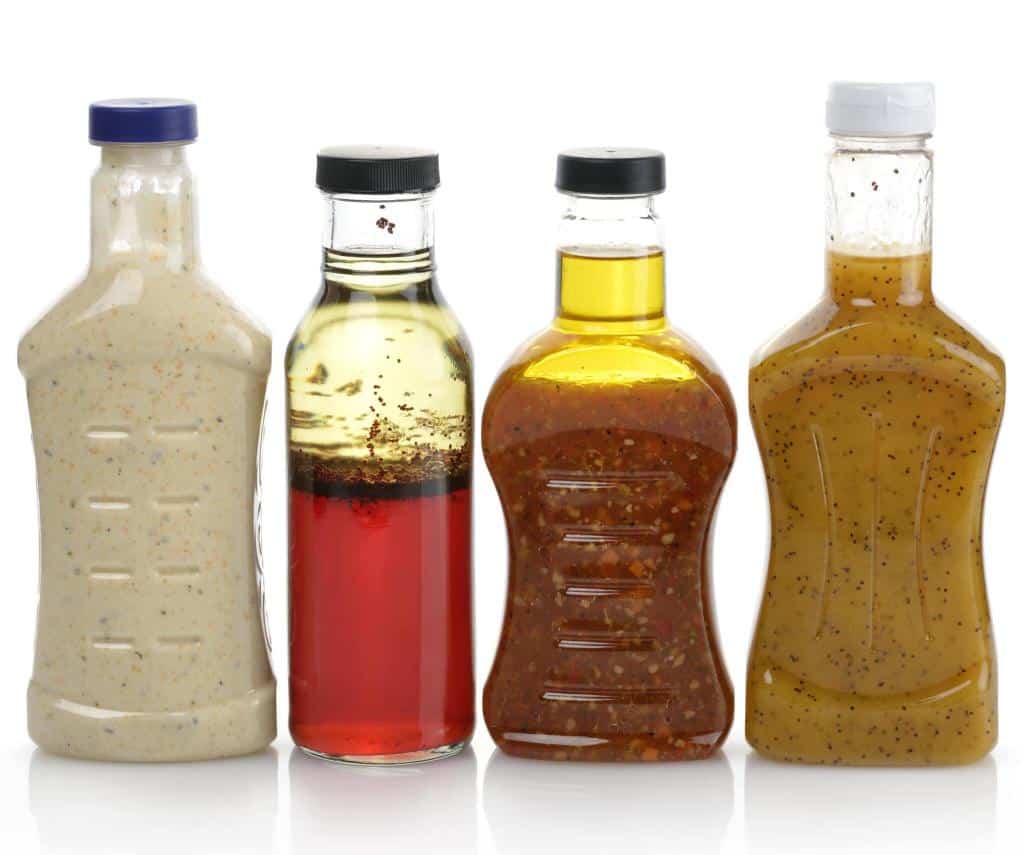
Before we dive into the solutions to reducing acidity in salad, let’s understand why acidity matters in salad dressings. Acidity adds zing and brightness to your dressing, enhancing the overall flavor profile. However, too much acidity can overwhelm your taste buds, leaving you with a sour aftertaste. Achieving the right balance is key to a well-rounded dressing.
Creating a salad dressing is like achieving perfect acidity, and pH is your indicator. Too acidic, and your dressing may be too sharp; too alkaline, and it might lack that lively punch. Aim for a pH level between 3.5 and 4.5 for a harmonious blend of flavors.
Why Is Your Salad Dressing Sour? Unmasking the Culprits
When making salad dressings, acidity is often added on purpose to make the dressing taste better and keep it fresh longer. For those with sensitive stomachs or who want a lower-acid option, be aware of common ingredients that increase acidity.
One of the main culprits of acidity in salad dressings is vinegar. While vinegar undoubtedly adds tang and depth to dressings, its high acid content can be troublesome for some individuals. Vinegars such as white wine vinegar, balsamic vinegar, and apple cider vinegar can all pack a punch when it comes to acidity levels.
Another frequent suspect in high-acid dressings is citrus juice. Lemons and limes are popular for adding brightness and zestiness. However, their natural acidic properties may be too disruptive for some palates. Similarly, tomatoes can also bring about an increase in acidity due to their citric acid content.
Additionally, certain dairy-based ingredients may contribute more acidity than anticipated. Yogurt and buttermilk, commonly used in creamy dressings, might seem harmless. Yet, they do contain lactic acid. This influences the overall tartness of the dressing.
| Read: Does Freezing Buttermilk Kill the Cultures and Ruin It? |
How to Reduce Acidity in Your Salad Dressings
Changing things around until you get the right acidity is important for making low-acid salad dressings. Reducing acidity is important for those with sensitive stomachs or acid reflux. However, no one wants a bland dressing lacking flavor.
So how can you balance the flavors while still keeping the acidity at bay? Below are some easy ways to reduce the acidity of your salda dressings.
1. Dilution
One effective method for reducing acidity in salad dressings is through dilution. This involves adding non-acidic liquids like oil, water, or broth to the dressing to lessen its overall acidity. When using this method, consider the ratio of acidic ingredients to non-acidic ones. A good rule of thumb is to start with equal parts acid and oil or other diluting liquid and then adjust according to taste.
2. Add Sweetener
Another way to combat acidity in salad dressings is by adding natural sweeteners. Honey, maple syrup, and agave nectar are sweetening alternatives. They can balance out the tanginess of acids and add a touch of sweetness. These options not only aid in reducing acidity but also add depth and complexity to the flavor.
3. Choose Alkaline Ingredients
Infuse your dressing with alkaline ingredients to counterbalance acidity. Consider incorporating ingredients like olive oil, honey, or tahini. These not only add depth to your dressing but also contribute to a smoother, less acidic taste.
4. Experiment with Different Oils
Diversify your oil selection to mellow out the acidity. Avocado oil, for instance, brings a rich, buttery texture, while sesame oil introduces a nutty undertone. Play with combinations until you discover the perfect oil duo that suits your palate.
5. Introduce Dairy Product Creaminess
Creamy elements like Greek yogurt or mayonnaise can reduce acidity. They also add a velvety texture to your dressing. These ingredients not only cut through the sharpness but also provide a luxurious mouthfeel.
6. Consider Nut Butters
Nut butters, such as almond or cashew butter, contribute a creamy consistency and a hint of nuttiness to your dressing. They act as emulsifiers, smoothing out the texture and mitigating excessive acidity.
7. Add Baking Soda
Alternatively, you can try balancing out the acidity with bases, such as adding baking soda. A small pinch of baking soda can act as a base. It interacts with the acidic components and mellows down their sharpness. This doesn’t compromise the flavor too much.
| See also: Peppercorn Ranch vs. Regular Ranch: The Differences |
Low-Acid Dressing Alternatives
Choosing the right dressing can elevate your salad’s taste without compromising your health. Low-acid dressings offer a flavorful option for those seeking a balance between taste and digestive comfort.
Let’s explore some alternatives that not only cater to your palate but also contribute to your overall well-being.
1. Creamy avocado-based dressings
Avocado is not only a delicious fruit but also a great base for low-acid salad dressings. Its creamy texture and mild flavor make it an excellent substitute for traditional high-acid ingredients. It’s a great alternative to vinegar or lemon juice.
To create a simple avocado dressing, blend together ripe avocados, olive oil, garlic, salt, and pepper until smooth. You can also add fresh herbs like cilantro or parsley to enhance the flavor profile. The result is a rich and velvety dressing that brings out the best in your salads without overwhelming them with acidity.
2. Nut butter-based dressings
Nut butters such as almond butter or cashew butter add depth and richness to salad dressings while reducing their acid content. These nut butters not only provide creaminess but also introduce healthy fats into your dish.
To make a basic nut butter dressing, combine your choice of nut butter with water (to thin it out). Add a lesser amount of vinegar than traditional recipes call for. You can also add optional sweetness with honey or agave syrup. Then add seasonings like garlic powder, salt, and pepper according to taste preferences.
3. Vinaigrettes made with less acidic vinegars (rice vinegar, apple cider vinegar)
Most vinaigrettes have a tangy taste from vinegar, like white wine vinegar or balsamic vinegar. Using less acidic options can be equally delightful without compromising flavor.
Rice vinegar has a milder taste profile compared to other vinegars, making it an ideal choice for lower acidity levels in your dressing. Similarly, apple cider vinegar provides tartness without being overly sharp on the palate. Rice vinegar pairs beautifully with Asian-inspired flavors, while apple cider vinegar complements fruity salads exceptionally well.
4. Citrus-based dressings that are lower in acidity
Citrus fruits like oranges and grapefruits bring natural sweetness. They also add a bright and refreshing taste to salads. Use the juice or zest of these fruits instead of traditional acidic ingredients. This way, you can create flavorful dressings with less acidity.
To make a citrus-based dressing, combine freshly squeezed juice, olive oil, and optional honey or maple syrup for sweetness. Add salt, pepper, and herbs like mint or basil for added freshness. Experiment with different combinations of citrus fruits to find the balance that suits your taste preferences best.
List of Salad Dressing Product That Are Not Too Acidic
Here are some salad dressing products that are not too acidic:
- Honey Mustard Dressing: This dressing combines the tanginess of mustard with the natural sweetness of honey. This creates a balanced flavor profile. Whisk together Dijon mustard, honey, apple cider vinegar, olive oil, salt, and pepper for a delightful dressing that complements both leafy greens and protein-packed salads.
- Lemon and Dill Vinaigrette: This tangy vinaigrette combines the refreshing flavors of lemon and dill. Lemon juice, known for its alkalizing properties, can help neutralize stomach acid, while dill adds a unique twist. Mix lemon juice, olive oil, minced garlic, fresh dill, salt, and pepper for a zesty dressing that pairs well with a variety of salads.
- Sesame dressing, light: This dressing has a PRAL index of -1.55, which means it has a high alkaline load and is alkalizing.
- Annie’s Naturals Lite Honey Mustard Vinaigrette: This dressing is a healthy alternative to Caesar or ranch dressing.
- Bolthouse Farms Organic Three Herb Vinaigrette: This dressing is low in fat, saturated fat, and calories.
- Newman’s Own Sesame Ginger Dressing: This dressing is made with natural ingredients and has a low sodium content.
- Whole Foods Organic Herbs De Provence Vinaigrette: This dressing is low in sugar and has a good taste.
It is important to note that the acidity of salad dressings can vary depending on the ingredients used and the individual’s tolerance. It is recommended to pay attention to your body’s response to different foods and make necessary adjustments.
| Related: Is Peppercorn Ranch Spicy? |
Other Salad Dressing Problems and Troubleshooting
However, even with these tips in mind when creating low-acid dressings, there may still be some common issues that arise during the process. Let’s take a closer look at these problems and their simple solutions:
1. Dressing Too Watery: If your dressing turns out watery instead of creamy and emulsified, try adding more oil slowly while whisking vigorously until it thickens up.
2. Bland Taste: If your dressing lacks flavor despite using ample ingredients, don’t be afraid to amp up certain seasonings. For example, use more herbs (fresh or dried), spices (like garlic powder or cayenne pepper), and citrus zest/juice for brightness.
3. Separation: Avoid separation by properly emulsifying your dressing. Use a whisk, blender, or even shake it well in a mason jar for thorough mixing.
4. Overpowering Acidity: If you accidentally make your dressing too acidic, try adding more neutral ingredients like oil. Alternatively, adding a creamy base such as Greek yogurt or avocado can also balance out the acidity.
Sample Salad Dressing Recipe: Creamy Avocado-Lime Dressing
| Ingredients | Measurements |
| Ripe avocado | 1, mashed |
| Greek yogurt | 1/2 cup |
| Lime juice | 2 tablespoons |
| Olive oil | 3 tablespoons |
| Honey | 1 tablespoon |
| Salt and pepper | To taste |
- In a bowl, combine mashed avocado and Greek yogurt.
- Whisk in lime juice, olive oil, honey, salt, and pepper.
- Adjust ingredients to achieve your desired consistency and taste.
- Drizzle over your favorite salad and enjoy the creamy, low-acid goodness!
Conclusion: Elevate Your Salad Experience
Crafting a well-balanced, low-acid salad dressing is an art. It requires experimentation and a keen understanding of flavors. Incorporate the tips and tricks shared in this guide. Bid farewell to overly acidic dressings. Welcome to a new era of salads that truly let the freshness of your ingredients shine.
So, grab your mixing bowls. Embark on a culinary journey to create the perfect dressing. It will transform your salads into delightful masterpieces.

